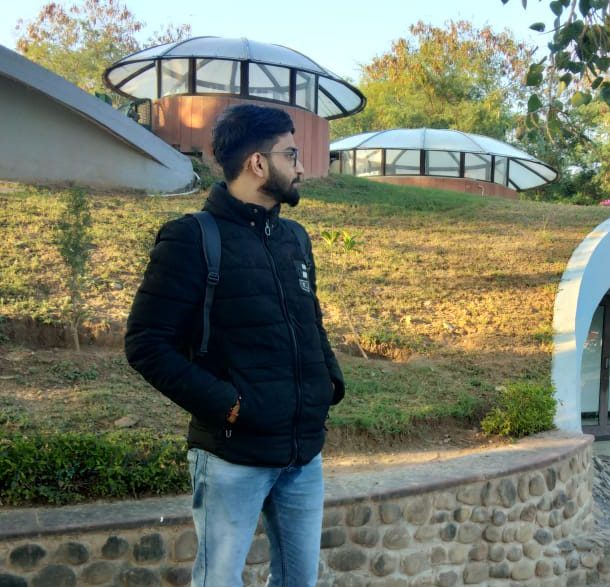Gallbladder disease affects more than 20 million Americans every year. The gallbladder is a pear-shaped organ that lies under your liver in the upper-right section of the abdomen. It stores bile which helps break down fat from food in your intestine. The gallbladder delivers bile into the small intestine which enables fat-soluble vitamins and nutrients to get absorbed into the bloodstream. Gallbladder diseases like inflammation, blockage, infection or stones, often go undiagnosed because they do not present with symptoms. Common symptoms can range from abdominal discomfort, nausea, biliary colic and jaundice.
Symptoms of Gallbladder Diseases
- Pain- Pain is a common symptom of a gallbladder problem. Pain occurring due to gallbladder disease can be mild, intermittent or severe. It occurs in the mid-to upper-right section of your abdomen. While in other conditions, it may begin to radiate to other areas of the body, including the back and chest.
- Nausea or Vomiting- Nausea and vomiting are common symptoms of all types of gallbladder problems. In severe cases, it may cause digestive problems such as acid reflux and gas.
- Chronic Diarrhea- Chronic diarrhea is a sign of a serious gallbladder problem. If you have bowel movements more than four times a day, you should consult a private gastroenterologist.
- Unusual stool or urine- Dark urine and light-coloured stools could indicate a common bile duct blockage.
- Fever or Chills- Unexplained fever or chills could be a signal of an infection. If you think you have an infection, you must immediately book an appointment with a gastroenterologist.
Types of Gallbladder Diseases
Gallstones- Gallstones are the most frequently occurring type of gallbladder diseases. It is estimated that around 20 million people in the United States have gallstones. The reasons for gallbladder stones are cholesterol and solidified bile. Usually, no symptoms are shown, but gallstones can become trapped in the opening or duct inside the bladder, which can result in sudden pain in the abdomen. The pain may spread to the side or the shoulders. The other symptoms of gallbladder stones include-
- Nausea
- Vomiting
- Fever
- Itchy Skin
- Heavy Sweating
- Loss of Appetite
- Abdominal Pain
Cholecystitis: Cholecystitis is a condition in which severe gallstone blockage occurs inside the bile duct causing pain and swelling. Serious complications can arise if a person does not receive timely treatment. Cholecystitis can be acute or chronic. In acute cholecystitis, a person experiences sudden, intense pain that may last for 6-12 hours or longer. A person can also experience swelling in the abdomen, nausea, vomiting, and slight yellowing of the skin. Chronic cholecystitis occurs when the gallbladder does not drain properly and results in long-term inflammation in the gallbladder.
Bile Duct Infection: Bile duct infection may develop if the bile duct is obstructed. Treatment for bile duct infections is possible if it is found early. If not treated on time, the infection may spread to other parts of the body and may become fatal.
Abscess of the gallbladder: In some cases, people who have gallstones may develop pus in the gallbladder, which can pose a threat. This condition is called empyema. The development of pus in the gallbladder is known as abscess, which can lead to severe abdominal pain. If not treated, the infection can spread to other parts of the body and can become life-threatening.
Gallbladder disease without stones: Gallstones are quite common, but gallstones are not the root cause of every problem. Gallbladder disease without gallstones can also occur and the condition is called acalculous gallbladder disease.
Gallbladder Polyps: Polyps are abnormal tissue growths. Usually these growths are typically benign or noncancerous. Small polyps may not need to be removed. However, larger polyps may need to be surgically removed before they develop into cancer.
Who is at Risk of Developing Gallbladder Diseases?
Women are more likely than men to develop gallbladder diseases. Pregnant women or those who are on hormone replacement therapy are at higher risk for gallstones because of the increased levels of estrogen in their bodies.
Gallbladder diseases are more common in older populations. This is because as you age, your body tends to release more cholesterol into bile, hence forming stones in the gallbladder. According to studies, there is a connection between race and risk of gallbladder diseases. The risk runs extremely high in American populations, intermediate in European and North American citizens and low in Asian and African populations.
Problems That Can Affect Gallbladder Diseases
Some problems that can affect gallbladder diseases are:
- Diabetes: If you are diabetic, you are more at risk of gallstones.
- Overweight or obesity: Being overweight or obese can put a strain on the body and increase the amount of cholesterol in the bile, hence forming gallstones.
- Crohn’s diseases: Crohn’s or other intestinal diseases can change the way your body absorbs nutrients.
Diagnosis of Gallbladder Diseases
It is advised to book an appointment with a gastroenterologist when you experience abdominal pain and discomfort. A gastro-specialist will ask questions about your symptoms and carry out a physical examination. He may recommend some tests and ultrasound to detect:
- Thickening of gallbladder walls
- Fluid Around the gallbladder
- Gallstones
Your gastroenterologist may recommend imaging tests such as a CT or MRI scan if they are unsure of the diagnosis. Depending on the problem, they may treat you to control the symptoms and reduce inflammation in the gallbladder. A doctor may also prescribe some pain relief medication and antibiotics to fight infection. In severe cases, surgery may be required. Surgical intervention may be needed to remove the gallbladder if it is chronic cholecystitis, cholecystitis with gallstones, the presence of abscess or gangrene.
Your gastroenterologist may recommend adopting a low-fat diet. It is better to begin with small meals, avoid fatty or spicy foods, and avoid caffeinated drink when you are recovering. A balanced diet along with fresh fruits and vegetables is important for staying fit and healthy. Build your diet around healthy fats, fruits and vegetables, plant-based protein such as tofu. Try to avoid foods that may aggravate the condition such as – refined carbohydrates, processed foods and unhealthy fats.








